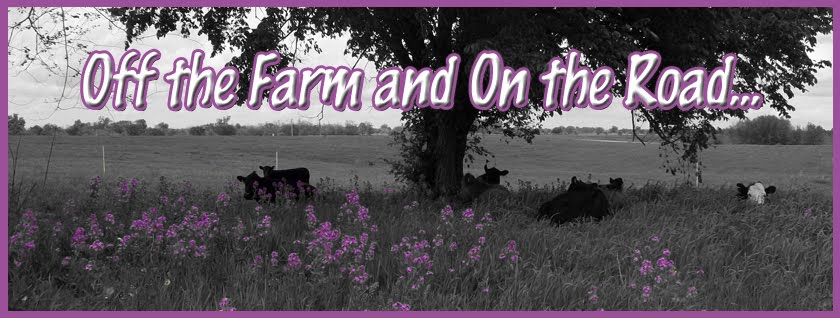On April 20, more than 1,200 people appeared at the State Capitol to participate in a rally for Missouri agriculture to support Senate Bill 113. Senate Bill 113 will make changes to Proposition B, an initiative backed by the Humane Society of the United States, which was approved by voters in November. The bill is waiting for Governor Nixon’s signature.
The Humane Society of the United States (HSUS) also held a rally that was located at the Governor’s mansion. HSUS is opposed of this bill as they are in favor of Proposition B.
Some of the changes that would be made to Prop B include eliminating the 50-dog limit, removing restrictions on how often a dog can be bred, eliminates the increase of breeder fees, takes away the yearly veterinarian examination requirements and removes the requirement for outdoor exercise areas.
Many agriculture groups, including several of CAFNR’s student organizations, were present to show their support of this bill.





